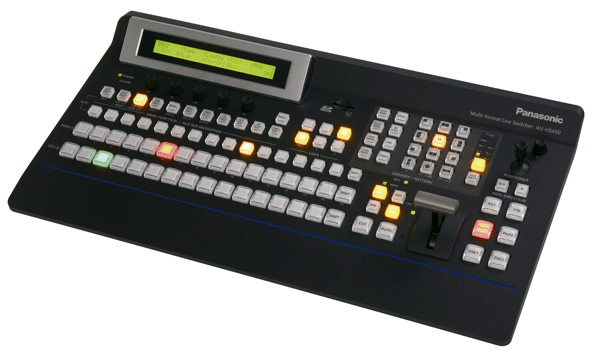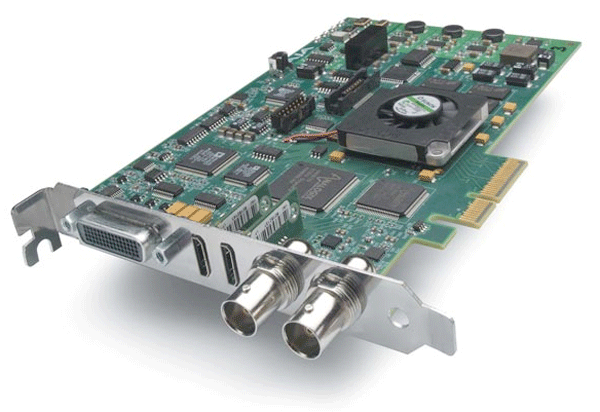Producing Conference Video Pt. 4: Live Delivery and Postproduction
What happens when you deliver your event live? This is nothing new for live TV broadcasters, but more and more event video producers are being asked to perform their postproduction activities in real-time—that is, live as the event is occurring.
Live Streaming Components
In my Autumn 2010 installment of this series, I discussed live video switching and, prior to that in my Summer 2010 Edirol review, I discussed my experiences using the Edirol line of video mixers. So rather than repeat myself I'm going to continue where those two articles left off when it comes to delivering live video edits.
In the past I delivered most conference videos on DVD (or even VHS in the early days) but now I'm delivering more and more of my work online. Putting video online is nothing new for most video producers and thanks to sites like YouTube, Vimeo, and Facebook, sharing video online is free (or inexpensive with pro accounts and OVPs) and relatively easy to do.
Now the big challenge and area of business growth for conference video producers is live streaming or webcasting their clients' videos over the internet. Live video streaming with multiple camera angles and audio sources requires both a video mixer and a soundboard to mixdown the audio and switch between camera angles. To further enhance the live video, many video mixers now feature downstream keyers that allow you to insert computer-generated graphics, like logos or titles, or to replace a greenscreen background with a virtual set, by using the luma or chroma key capabilities of the mixer. Generating the graphics can be as simple as connecting a laptop to a video mixer that has VGA inputs, and some video mixers even have memory card slots were graphics can be preloaded, freeing up room on the tech-table and the use of a laptop.

Panasonic's AV-HS450 switcher features a downstream keyer for inserting CG content in live-switched feeds.
The next step is to take the live-edited analog feeds, video from the video mixer, and audio from the soundboard, and convert them to a digital signal that your computer can accept and stream. A single-camera feed can sometimes be fed directly into a computer with a long enough USB or FireWire cable but in multicamera, shoots additional measures need to be taken.
Video and audio signals can be converted to digital signals using a variety of methods. There are inexpensive RCA and S-Video-to-USB devices (generally marketed as VHS to DVD converters by companies such as Pinnacle). Some video cameras and most recording decks have built-in analog-to-digital converters that process audio and video cable signals to FireWire, and on the high-end, companies like AJA, Blackmagic Design, Grass Valley, ViewCast, and Digital Rapids make a variety of PCI express video cards that convert analog audio and video signals to digital signals that can instantly be webcast.

The AJA Kona LHi
For the uninitiated, all these devices and connections can be rather complicated to set-up and get to play nicely with each other so I'm going to present you with two all-in-one options to get audio and video signals into your computer with the least amount of components possible.
Related Articles
Whether you're shooting a conference, a convention, or an AGM, the setup of the shoot is one of the most important parts of the production process. It's the step where you select the equipment, establish your camera positions, lay your cables, and check and recheck your audio and lighting.
Award-winning producer Shawn Lam looks at two key elements of the process: capturing multimedia presentations effectively for both live-switched productions and post-produced edits, and how to become a successful technical director of a live-switched shoot, whether for IMAG delivery or providing a live feed for broadcast or webcast.
Award-winning producer Shawn Lam looks at the art and science of stage lighting and the challenges of making lighting designed for performance work for video. He also discusses the meat-and-potatoes things you need to know for microphone selection and successful live-recorded conference audio.